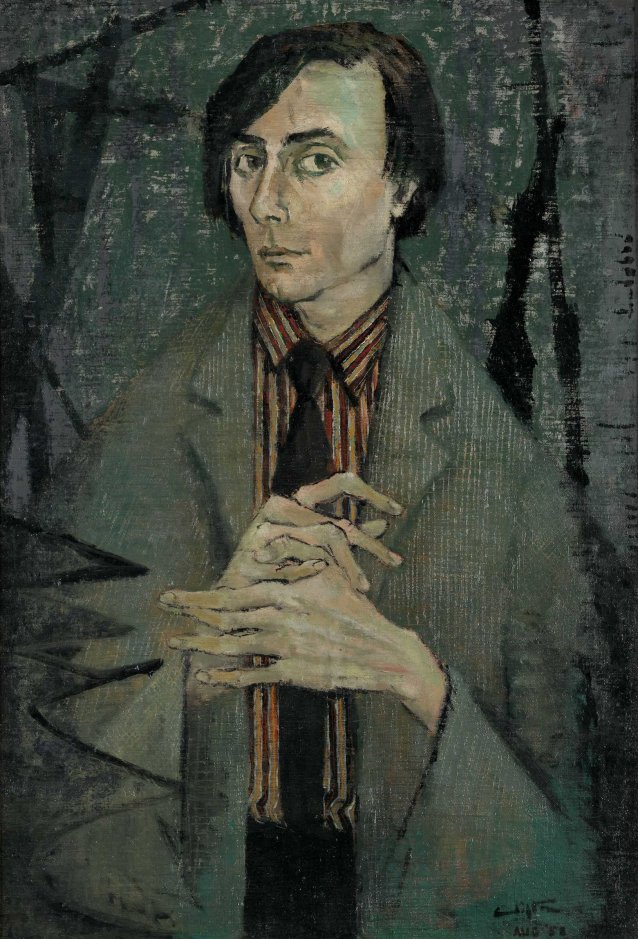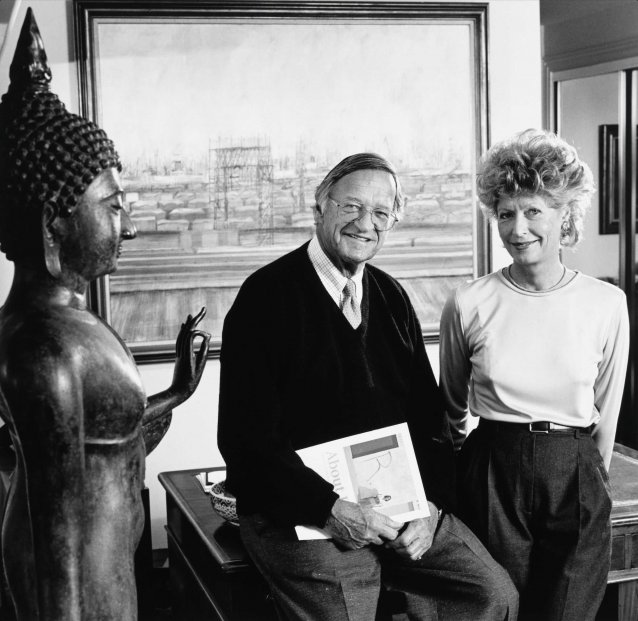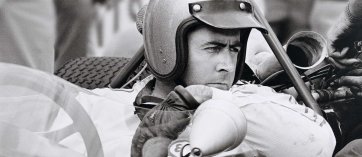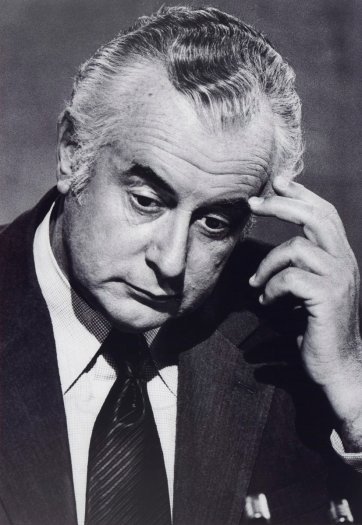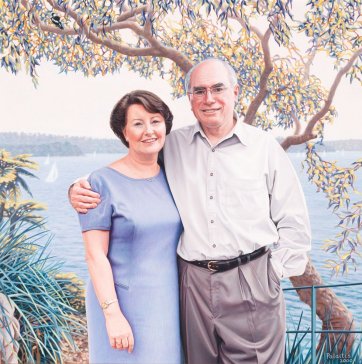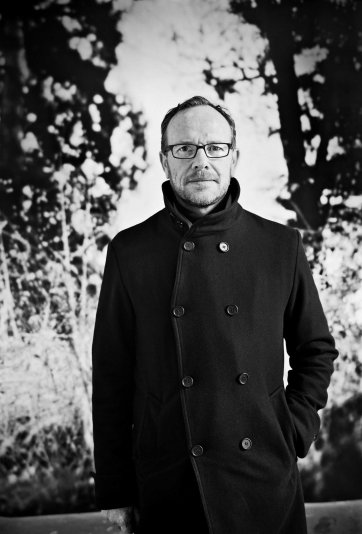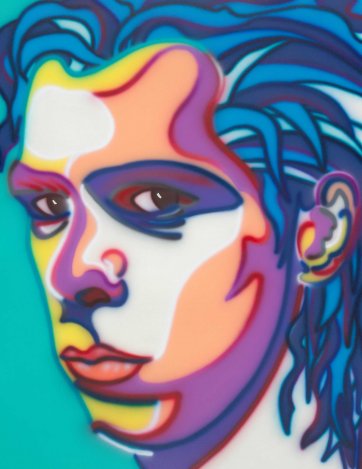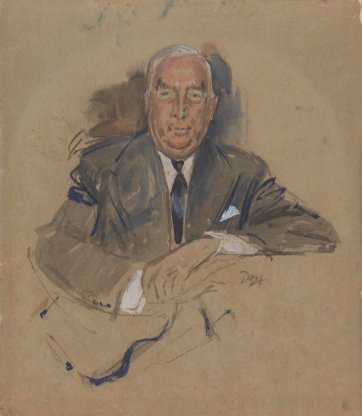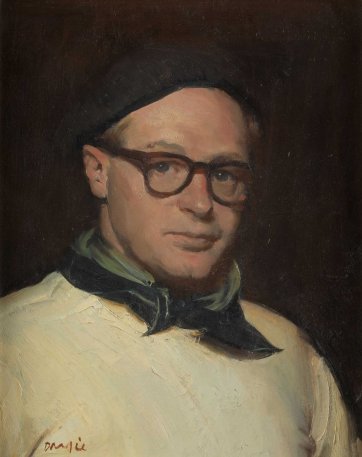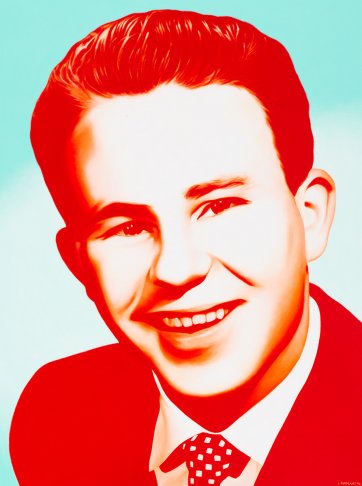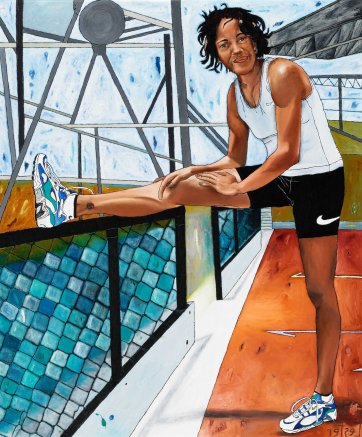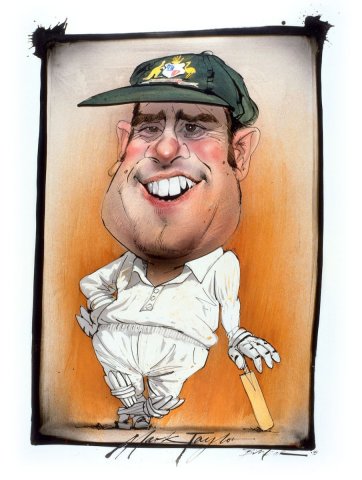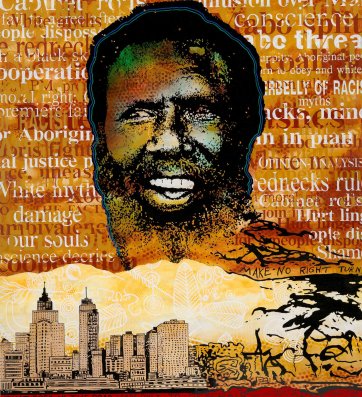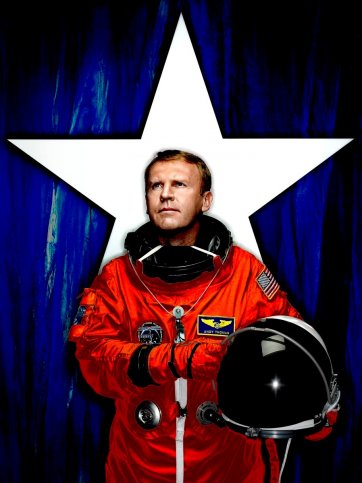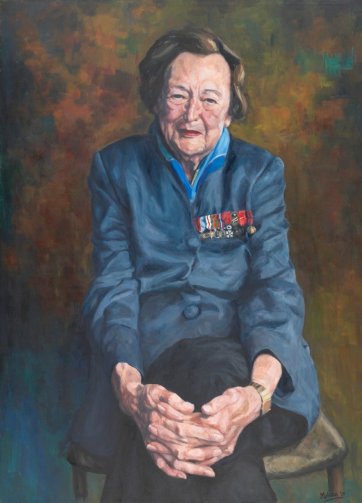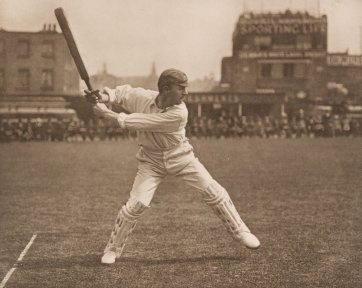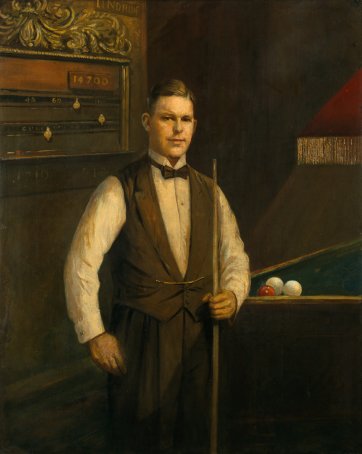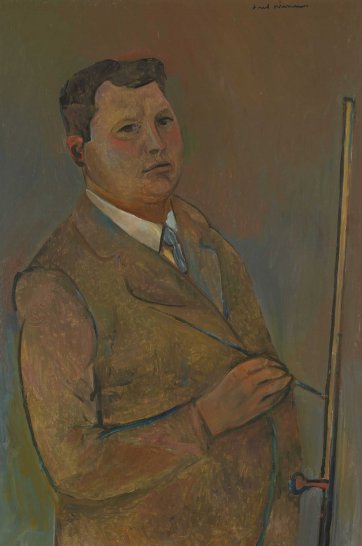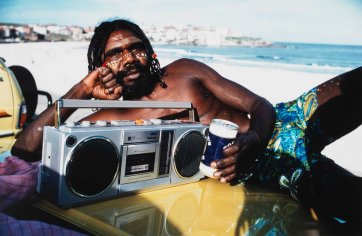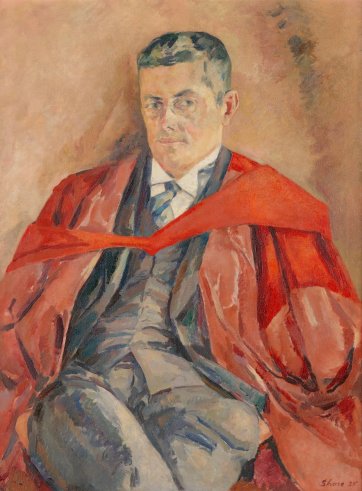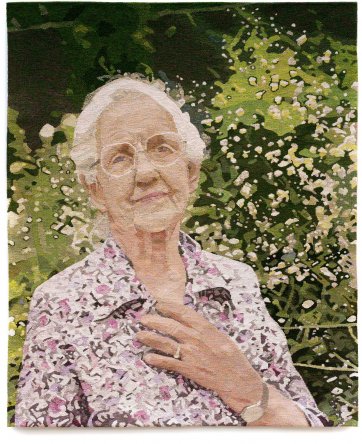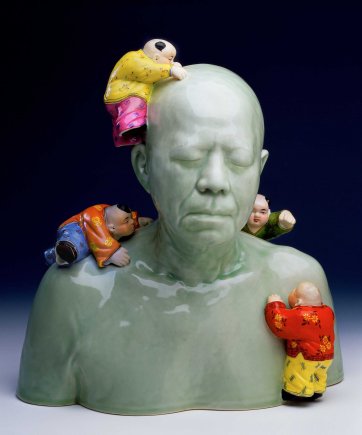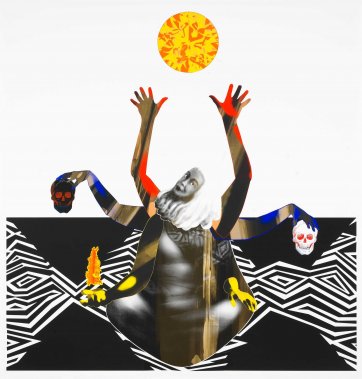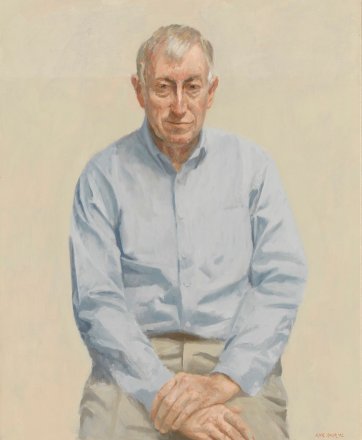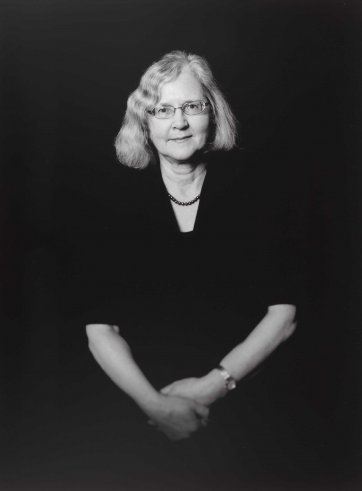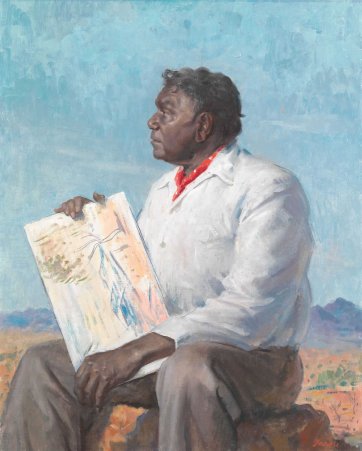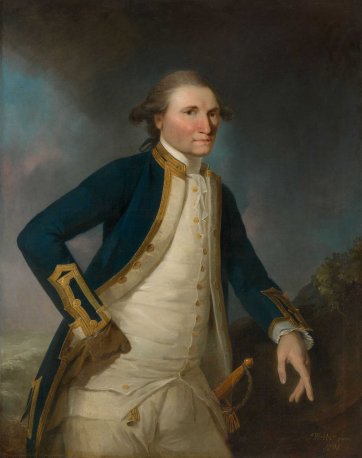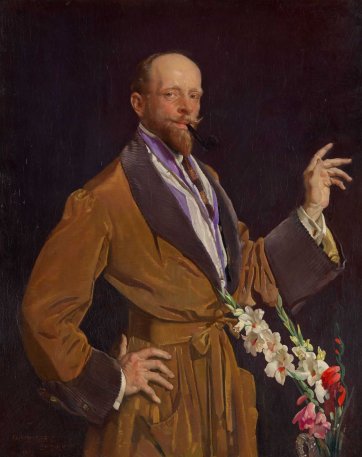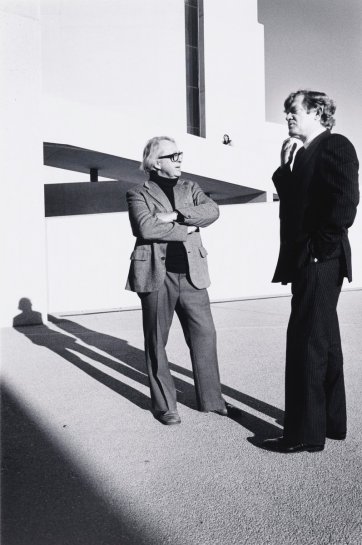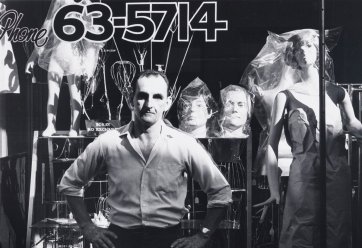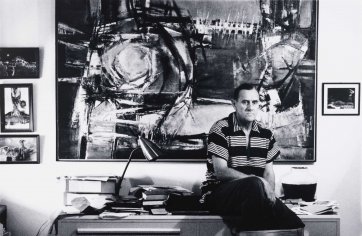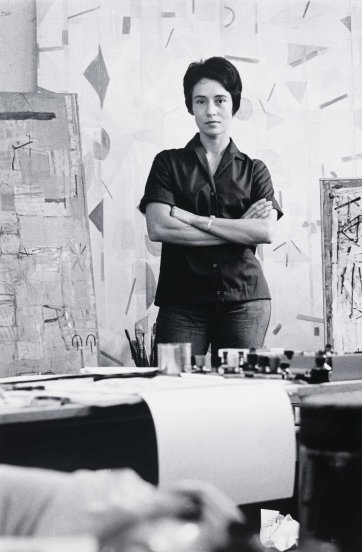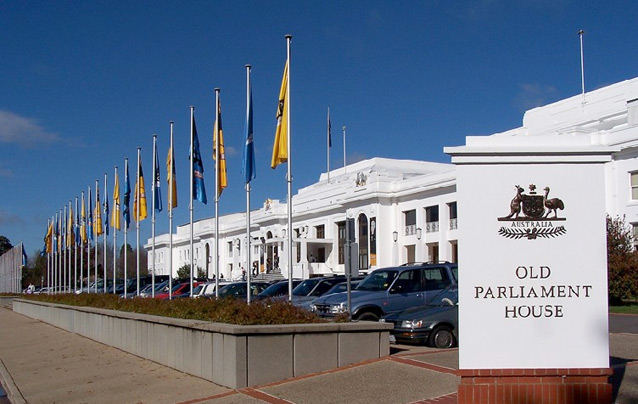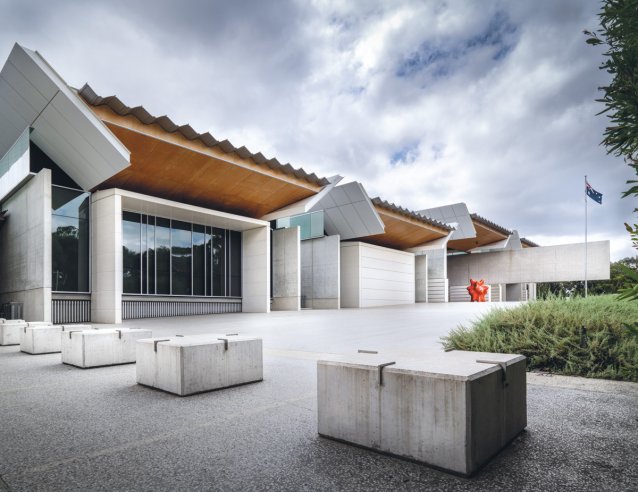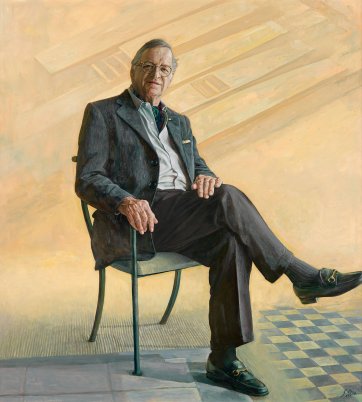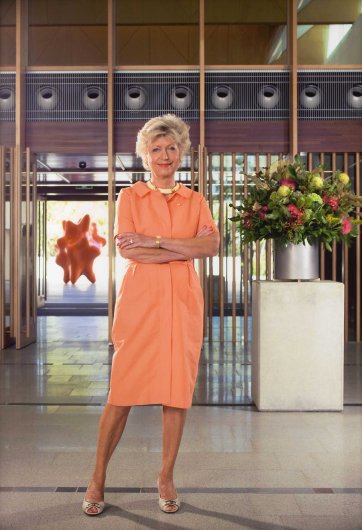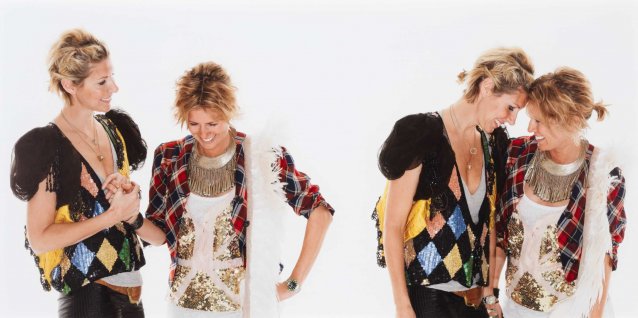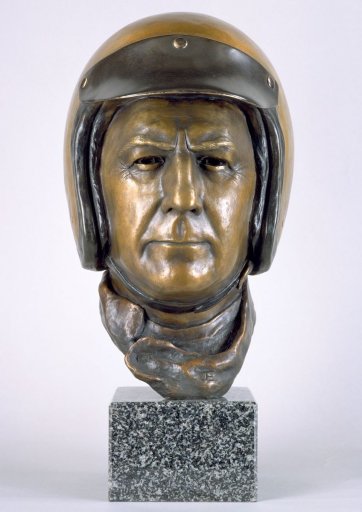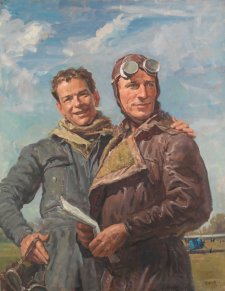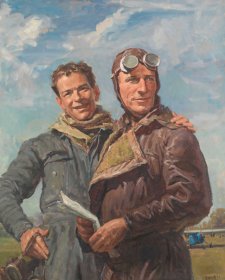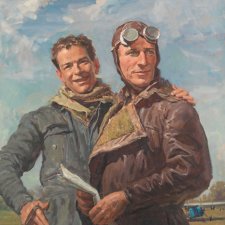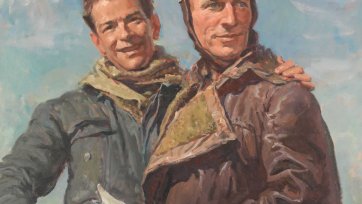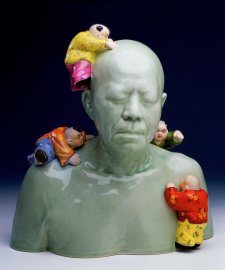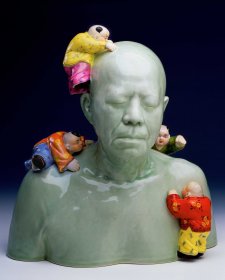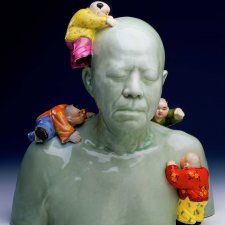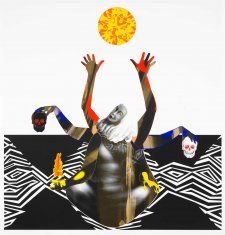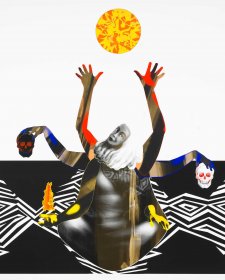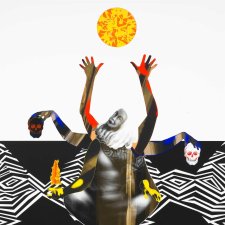The last family member to occupy BHP’s ‘Darling seat’ was Gordon Darling, who was on the board of the company for a record 32 years from 1954 and was at that time the largest shareholder amongst the directors. For fifteen years during this period he was also chairman of Rheem Australia and Koitaki Ltd—the latter, a rubber concern in Papua New Guinea, where he had served during World War II.
Gordon Darling was surprised to be invited to accept the position of chairman of the board of the Australian National Gallery (later the National Gallery of Australia), which he held from 1982 to 1986. During this period he became close friends with the institution’s inaugural director, James Mollison; he judges that he taught Mollison quite a bit about finance, and Mollison taught him a very great deal about art. At the end of his period as chairman he provided funds for the establishment of the Gordon Darling Australia Pacific Print Fund, which has acquired some 7,000 prints for the national collection to date. In 1991 Darling established the Gordon Darling Foundation, which provides funding for a wide range of visual arts projects to institutions Australia-wide. Darling Foundation support enables arts professionals to pursue exhibitions, publications, research, symposia, travel and professional development that would be beyond the budget of their institutions. The Gordon Darling Foundation instigated and manages, in partnership with Museums Australia, the Museum Leadership Program, equipping senior industry staff with the skills and strategies to lead Australia’s museums and galleries on a global stage. At the National Portrait Gallery, in addition to assisting with professional development, travel, publications and exhibitions, the Gordon Darling Foundation has subsidised the three Anniversary Lectures, bringing noted international speakers to the Gallery’s audiences.
In October 1989, Gordon Darling married Marilyn Davis, née Skinner. Born in Brisbane in 1943, she studied science at the University of Queensland before working in the Department of Microbiology at the University of Melbourne in the mid-1960s, and undertaking postgraduate study in the Medical School of Monash University from 1973 to 1978. She worked as a scientist, but over time, her interests expanded to a variety of social and cultural concerns, including the Victorian Children’s Aid Society and the Lost Dogs’ Home.
When they met—introduced by Sheila Scotter, fashion maven and charity fundraiser—the Darlings had three marriages and six adult children between them. As exhilarated as they felt in each other’s company, their permanent union demanded careful consideration. On the very day that they decided that a life apart was insupportable, and that they’d merge their households, Gordon told Marilyn that it was his ambition to create a National Portrait Gallery in Australia— and that they should make it their project. In 1988, Marilyn’s art knowledge was scant; she was involved with the Victorian State Opera, the Dame Joan Hammond Award, the Music Foundation Appeal at Trinity College and Spoleto Melbourne (precursor of the Melbourne Festival). Still, she agreed. She quit all her committees, and, as she puts it, the couple ‘became a team of two’. They married in October 1989; Marilyn was ‘given away’ by James Mollison. Since then, the Darlings have become one of only four sets of married couples in which both spouses are Companions of the Order of Australia (the others are Derek Denton and Dame Margaret Scott; Marie Bashir and Nick Shehadie; and Richard Bonynge and the late Dame Joan Sutherland).
Uncommon Australians:
Towards a National Portrait Gallery
In the years leading up to the bicentenary of the English colonisation of Australia, Gordon Darling felt increasingly convinced that the time had come for a dedicated place to commemorate Australia’s notable men and women. He’d conceived a vision for a national gallery of portraits that was inspired and informed by visits to the portrait galleries in Washington DC and London, where he’d become friendly with the institutions’ respective directors, Alan Fern and Sir Roy Strong. With Marilyn on his ‘team’, he revisited Washington and London, and he also began to talk the idea of an Australian National Portrait Gallery through with as many people as he could in the ideal place for such an institution— Canberra, which owes its very existence to power-squabbles between Sydney and Melbourne. As it happened, Federal Parliament’s move to its new home in 1987 had freed up an appropriate building in which to establish a gallery of substance: Old Parliament House. Alan Fern gave the Darlings some sound advice. Recalling the scepticism that had greeted the arrival of the National Portrait Gallery on the American scene in 1962, he urged them to demonstrate, as publicly and as broadly as possible, their idea for an Australian National Portrait Gallery. In 1990 Fern told them to ‘borrow the best portraits you can, travel them, and if you’re offered a broom-closet in Old Parliament House, take it and expand from there.’
The Darlings gave visible force to their argument for a National Portrait Gallery by convening an exhibition, unequivocally titled Uncommon Australians – Towards an Australian Portrait Gallery, which toured Australia in 1992–93.
In their foreword to the exhibition catalogue they explained that the works in Uncommon Australians—116 portrait paintings, sculptures and photographs, curated by Julian Faigan from a list of subjects suggested by a diverse committee, drawn from every state and territory—did ‘not pretend to be a definitive roll-call, or a comprehensive one’ but were intended to ‘whet the appetite and to suggest the scope and variety that an Australian Portrait Gallery would encompass’. Uncommon Australians toured four state capitals; in Canberra, it was shown at the National Gallery of Australia. Men of renown launched each leg of the tour: Sir Ninian Stephen, Gough Whitlam, Sir Jack Brabham, Sir James Hardie and Sir Roden Cutler.
